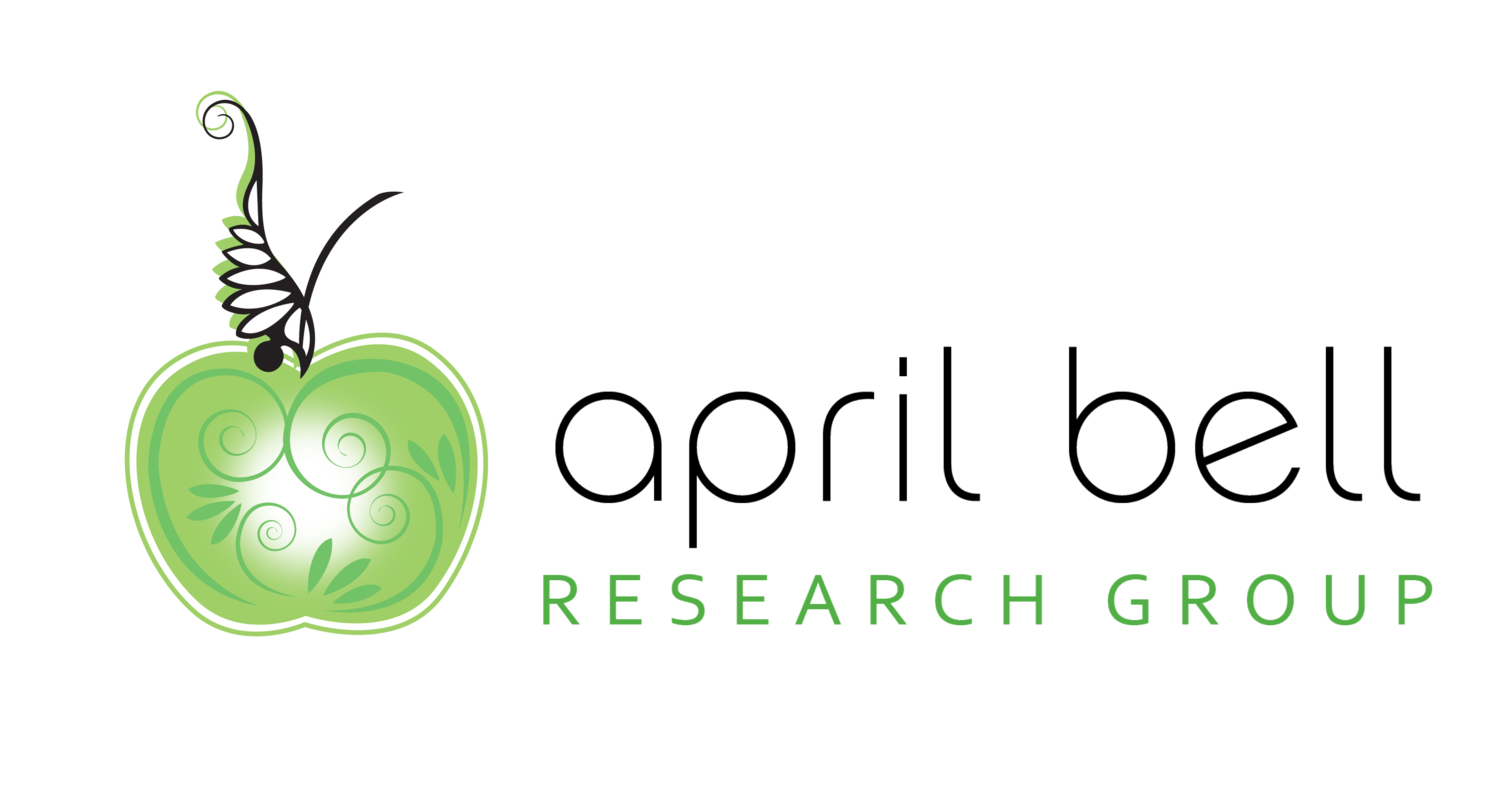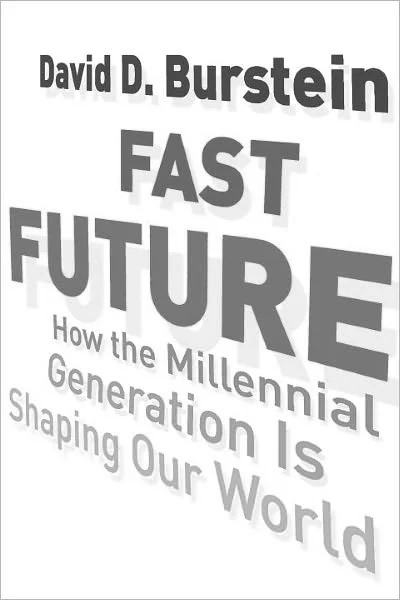They say that you’ll never know until you try. This is a story of trying and failing, but then knowing, and ultimately, growing.
Last year, Lloyd and I decided we were going to start working together, under the same business. My business. We had some stories to tell about that along the way. January 1st, 2017 marked the date we decided to make this intentional shift. January 1st, 2018 was our first and only business anniversary, because we’ve decided to pull the plug on this married couple working together thing.
What we are beginning to get comfortable with is that while it felt like a failure at first, in away it can be seen as a success. We have learned new things about ourselves and each other by choosing to do this. And we may have always wondered "what if?", if we had been too fearful of the "heat". Well, we took the heat, and it nearly cooked the marriage!
How did that happen? Let’s unpack that, and the lessons learned:
Lesson #1: The Most Efficient Way to Learn is to “Fail”
I realized that I have been living my life for a long time in a tight box. One that I had created and “felt safe” in. I have been scared for so long to try something new, risky and “unknown.” And trying to make a go of us working together was all of that. It certainly wasn’t comfortable the last year and yet, here we are a year later, with more clarity and passion for what we do want than we have been in 10 years of marriage! So, if I think of this in terms of “efficiency”, we got more out of 1 year of failing than we had of 9 years of staying in status quo. I loved Will Smith’s video about “failing forward” here:
Lesson #2: “Positioning” Matters when it comes to Job Titles
When we started, we agreed that the “right role” for Lloyd was General Manager & Data Doctor, and our assumption going in is that his savant skills at creating business analytics solutions would easily translate into creating more quantitative Marketing Research projects for us. And that until we got that business flowing in, Lloyd could run the business operations and manage staff. What we discovered was this - what I thought Lloyd’s job descriptions were, was apparently different than what Lloyd thought his job description included. Interestingly enough, now that we’ve switched gears, and Lloyd is now a “consultant” for the business, I have received more of the work I wanted from him in 2 months than I did in the las 12! So, I’ll stick with the “consultant” job title all day long – let’s keep that rolling, we have some catching up to do!
Lesson #3: Follow the money.
Shortly after we made the change, Lloyd received some interesting work from a new client doing analytical work. For a while, he was able to do that and help with our business, too. However, it soon became apparent that it was dividing his attention, and he was not able to fully give himself to our business operations and growth. Despite his client wanting to expand his project, we made the decision to decline the opportunity to give him a clear focus on helping manage, and bring in more research business. In hindsight, this decision didn’t result in new business, although the other path would have. In chasing a new business, we learned the hard way, it’s important to follow where customers are leading you.
Lesson #4: Hold on to what matters most.
It became apparent after awhile, probably after a series of “disagreements”, that this experiment was taking a toll on our marriage. At some point, we had to look up and say, “what really matters most here?” We both tend to want to do it all, be everything to everybody, and still come out “ahead”. And maybe that’s still possible but it may not all be possible at the same time. At least for now, something had to “give”. We realized how challenging marriage is on its own without intentionally burdening it further, particularly for the sake of doggedly holding to a career choice to build a business together. Love and respect are hard to remember when it’s the end of another long day of working together.
Lesson #5: Be Grateful for the Lessons
There are multiple ways we can look at the lessons we have learned – we can beat ourselves up for taking the plunge even though we were advised not to, we can be mad at each other for not getting what we wanted or needed from the other, we can be sad because here we are starting over yet again with a new plan OR we can just honor where we are and say, “Thank you. Thank you for the opportunity to learn something new.” And be at peace with what is. That’s the lesson - the story I’m going breathe in.
Lesson #6: Stop Pushing and Start Allowing
I am crazy passionate about all kinds of personal assessments. In fact, I asked Lloyd to take a Love Languages assessment on about the 5th date! In October, we discovered the Predictive Index assessment and in November, we discovered another assessment called The Harrison Assessment. Both tools can create a “match” against behaviors of the test taker and the behaviors needed for “the job.” The PI tool started opening our eyes to something not "quite being a fit", and then the Harrison tool completed the picture. The way we were operating was not a fit for our behavior style preferences. Now, maybe those who know us best could have told us that without all of the assessments…but there’s nothing like seeing data and having your eyes opened from an unbiased perspective. That was what helped us understand it was time to stop pushing what we wanted and to start allowing “what is.” So, on to creating more based on our strengths. I am more ready than ever to create a life and business that’s right FOR ME. And Lloyd is more motivated to do that which is right FOR HIM. Check.
While we may create something together in the future, we know this time, we will do so with open eyes and more awareness of what we both want and need from it.


























